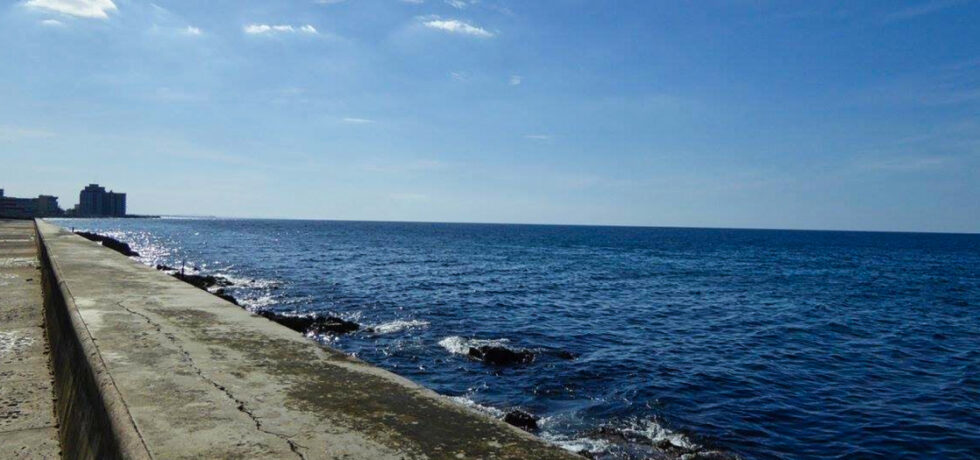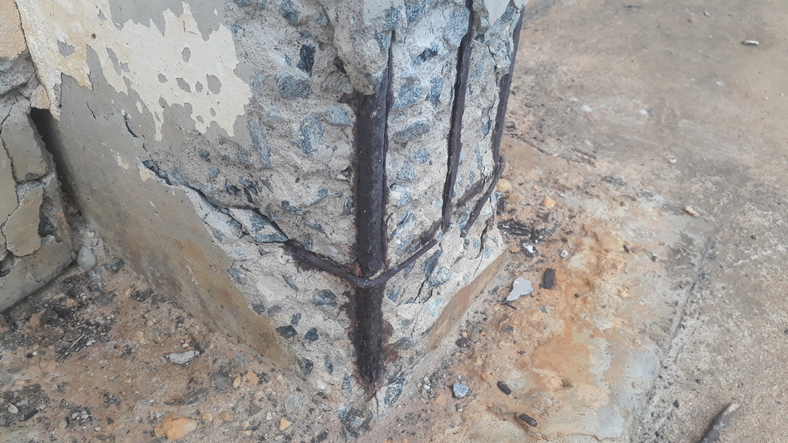Category
- Concrete Best Practices
Following our recent blog post Durability Testing 101: The Permeability Test, and Durability Testing 102: The Absorption Test, we continue to explore critical durability assessments in concrete. These previous articles have highlighted how both water and chloride permeability are central to understanding concrete’s overall durability, especially in aggressive environments.
This article examines the specifics of the Rapid Chloride Permeability (RCP) Test, its limitations, and its role in the comprehensive assessment of concrete’s durability.
The Significance of Chloride Permeability in Concrete
The conditions under which a structure is built greatly influence the longevity and integrity of concrete.
Structures exposed to saltwater environments or infrastructure in colder climates (e.g., roads or bridges treated with de-icing salts) demand robust concrete with enhanced durability to resist the corrosive effects of chloride, which can severely compromise the structural integrity of reinforced concrete.
Overview of Rapid Chloride Permeability Testing
The RCP test measures the ability of concrete to resist the ingress of chloride ions by quantifying the electrical current that passes through cylindrical concrete specimens over a six-hour period.
It is outlined in the standards:
- ASTM C1202: Standard Test Method for Electrical Indication of Concrete’s Ability to Resist Chloride Ion Penetration
- BS EN 12390-11:2015 – TC: Testing hardened concrete – Determination of the chloride resistance of concrete, unidirectional diffusion
This testing method assumes that a lower total charge passed indicates better resistance to chloride ion penetration.
Limitations of Rapid Chloride Permeability Testing
Despite its quick and straightforward nature, the RCP test encompasses several significant limitations:
- Premature Measurements: The short duration of the test might not reflect the long-term chloride resistance of concrete.
- Temperature Effects: The high voltage used in the test can increase the sample’s temperature, leading to physical and chemical changes that may skew the results.
- Misleading Results: The test measures the movement of all ions, not just chloride ions, which can provide misleading information about the concrete’s true permeability.
- Concrete Resistivity: The test primarily measures the concrete’s resistivity rather than its permeability, providing an indirect measure of its ability to resist chloride penetration.
- Repeatability and Reproducibility Issues: Variability in test results can raise concerns about the reliability and consistency of the data.
- Challenges with Supplementary Cementitious Materials (SCMs): RCP testing can be ineffective with concrete that uses innovative technologies like KIM or SCMs.
How KIM Effects Rapid Chloride Permeability Testing
Kryton’s Krystol Internal Membrane (KIM) is a hydrophilic crystalline waterproofing admixture that significantly enhances concrete’s water resistance. Upon contact with water, KIM reacts with unhydrated cement particles to form insoluble crystalline structures that fill capillary pores and microcracks, effectively blocking water ingress.
In RCP testing, the robust internal barrier that KIM forms against water and chloride ingress may be obscured.
Complementary Durability Testing
Overall, the RCP test is suitable for evaluating materials and material proportions for design purposes and research. Unfortunately, its limitations are too vast to evaluate the durability of concrete.
It should be viewed as one component of a broader suite of tests designed to accurately gauge concrete durability, especially for mixes that incorporate advanced technologies such as SCMs and KIM.
Additional testing, such as the Permeability Test and the Absorption Test, can offer a broader view of the concrete’s resistance to water and chemical ingress.




